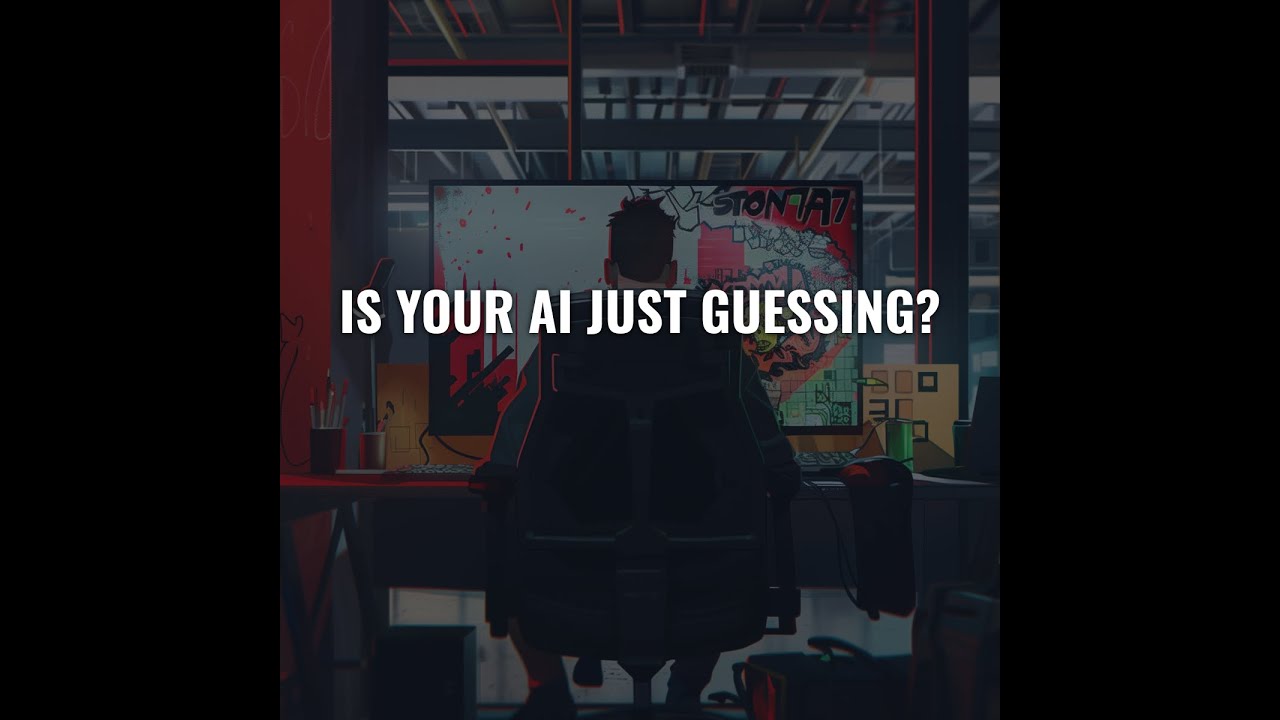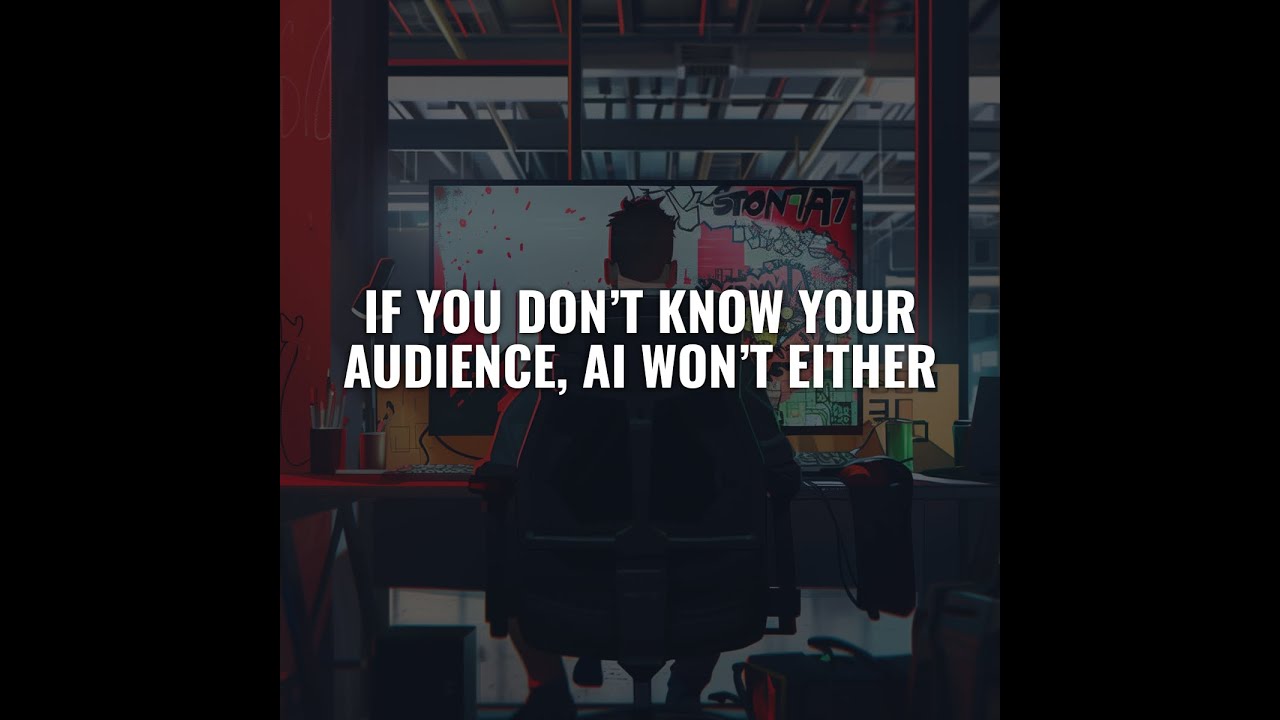Why Brand Vision Must Come Before AI Execution
Let’s paint a picture.
You’ve got the tools.
You’ve subscribed to ChatGPT. Maybe you’ve played with Claude or Gemini.
You’re even exploring how to train your own custom GPTs.
And yet, your content still feels… off.
Not technically wrong. Just directionless.
Your AI outputs don’t seem to build toward anything.
You’re not alone.
And the problem?
It’s not your AI.
It’s your Brand Vision — or lack thereof.
What Is Brand Vision, Really?
Let’s strip away the corporate-speak.
Your Brand Vision is your answer to this question:
“What future are we creating — for our customers, our industry, and our company?”
It’s not a tagline.
It’s not a slogan.
It’s your internal compass. Your north star. Your long-term outcome.
It’s the thing that makes every decision easier — because it defines what you’re working toward.
And when it comes to AI, that definition is everything.
Why AI Tools Need Brand Vision to Work Properly
Imagine giving your team a massive to-do list…
…but no goals, no KPIs, no strategy.
That’s what happens when you feed prompts into AI tools without sharing your brand vision.
AI is like an insanely fast, highly capable team member —
but without context, it just generates things that seem useful.
You might get:
- A blog post that doesn’t align with your positioning
- A landing page that targets the wrong audience
- Social captions that sound clever… but not like you
- Automation flows that solve problems you don’t even have
Because there’s no vision guiding the work.
Here’s What a Strong Brand Vision Looks Like
A good Brand Vision should be:
- Specific
- Future-focused
- Impact-driven
For example:
“We envision a world where mid-sized service businesses can deploy AI tools confidently—without needing a technical team or an agency for every step.”
That’s a vision that speaks to:
- The audience
- The desired future state
- The core problem they’re trying to solve
Now imagine giving that vision to your AI assistant or custom GPT.
Everything it generates will be shaped by that outcome.
It won’t just be accurate — it will be directional.
What Happens Without a Brand Vision?
Let’s be blunt.
When companies skip this step, we see the same symptoms every time:
❌ Disjointed Content
You’re publishing things that feel random. Blog posts about trends you don’t care about. Campaigns that don’t build on each other.
❌ Off-Brand Messaging
Even though AI is technically “doing the job,” it sounds like every other business in your space.
❌ Short-Term Thinking
You end up solving surface-level problems instead of building toward long-term differentiation.
❌ Confused Customers (and Staff)
Your audience can’t describe what you stand for — and neither can your team.
AI Is Not Psychic — It Needs Clarity
The biggest myth about AI?
That it “gets smarter” the more you use it.
Not true — unless you give it something consistent to build from.
That consistency comes from your Brand Blueprint.
And Vision is one of the first—and most important—pillars.
When we build Sandbots (custom-trained GPTs) or deploy AI marketing tools for clients, we don’t start with the tech stack.
We start with Vision.
Because your AI stack can only amplify what’s already there.
And if there’s nothing strategic behind your brand, AI can’t fake it.
What Could Go Wrong?
Let’s break this down in “real-world AI fail” terms:
You ask ChatGPT for content ideas…
It gives you a list that’s technically accurate, but none of it supports your unique positioning.
You prompt AI to write a welcome email…
It uses generic messaging that could belong to any company in your space.
You build an automation workflow…
But it prioritizes conversion over customer experience—because it doesn’t understand what you prioritize.
All of this happens because you never defined what good looks like for your brand.
What Happens When You Get It Right?
Now flip it.
When you give your tools a clear Brand Vision:
✅ Your content builds momentum — every piece connects
✅ Your tone and style feel consistent, even across platforms
✅ Your team and your tech are aligned — no more mixed signals
✅ You stop guessing what to do next — your vision becomes the filter
That’s when AI becomes a strategic partner, not just a writing tool.
Final Thought: AI Is the Engine — But Vision Is the Map
It’s easy to get excited about the tech.
But if you don’t know where you’re going, all you’re doing is getting lost faster.
That’s why Vision comes first.
And why every business using AI needs to define it before they build the rest of their stack.
Related Links
- What Are Sandbots?
- Watch all episodes of Brains, Bots n’ Business
- Book your AI policy consult
- Next Episode: Why Your AI Tools Struggle




